Focus on Sustainability
The Connected Toy Market is increasingly focusing on sustainability, as consumers become more environmentally conscious. Manufacturers are now exploring eco-friendly materials and production processes to meet the growing demand for sustainable products. This shift is not only beneficial for the environment but also appeals to a demographic of parents who prioritize sustainability in their purchasing decisions. Market analysis suggests that toys made from sustainable materials could capture a significant share of the market, potentially reaching 25% by 2027. This trend indicates a promising future for connected toys that align with eco-friendly values.
Technological Advancements
The Connected Toy Market is experiencing a surge in technological advancements, which significantly enhances the appeal of connected toys. Innovations in artificial intelligence, machine learning, and augmented reality are transforming traditional toys into interactive learning tools. For instance, toys equipped with AI can adapt to a child's learning pace, providing personalized educational experiences. According to recent data, the integration of such technologies is projected to increase the market size by approximately 20% over the next five years. This trend indicates a shift towards more engaging and educational play experiences, which could attract a broader demographic of parents seeking developmental benefits for their children.
Increased Parental Awareness
The Connected Toy Market is benefiting from increased parental awareness regarding the educational value of toys. Parents are now more informed about the developmental benefits associated with connected toys, which often incorporate learning elements into play. This awareness is leading to a shift in purchasing behavior, with parents prioritizing toys that promote cognitive skills, social interaction, and emotional intelligence. Market Research Future indicates that approximately 70% of parents consider educational value as a key factor when selecting toys for their children. This trend is likely to propel the demand for connected toys that offer both entertainment and educational benefits.
Expansion of E-commerce Platforms
The Connected Toy Market is experiencing a notable expansion of e-commerce platforms, which facilitates easier access to a wider range of connected toys. The rise of online shopping has transformed the way consumers purchase toys, allowing for greater convenience and variety. Data shows that e-commerce sales in the toy industry have increased by over 30% in recent years, with connected toys being a significant contributor to this growth. This trend indicates that as more consumers turn to online platforms for their shopping needs, the visibility and availability of connected toys will likely increase, further driving market growth.
Growing Demand for Interactive Play
The Connected Toy Market is witnessing a growing demand for interactive play experiences among children. Parents increasingly seek toys that not only entertain but also engage their children in meaningful ways. This demand is reflected in market data, which suggests that interactive toys are expected to account for over 40% of total toy sales by 2026. The appeal of connected toys lies in their ability to foster creativity and critical thinking through interactive features. As children become more accustomed to technology, the expectation for toys to provide immersive experiences continues to rise, driving growth in the connected toy segment.



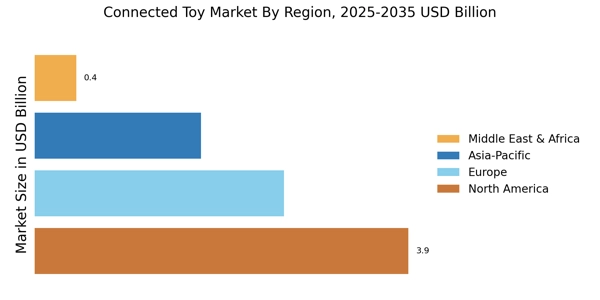
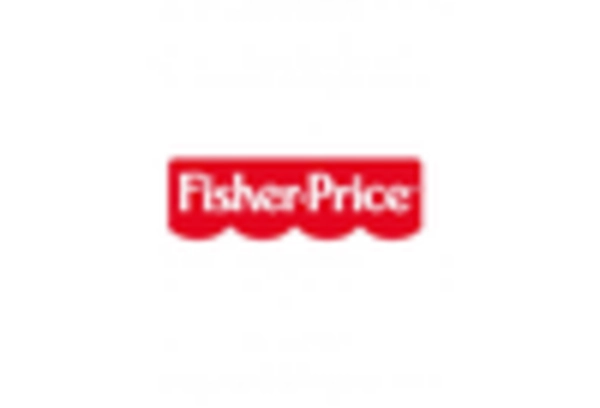
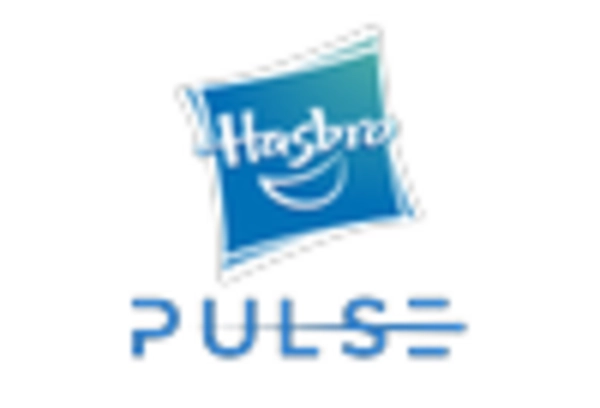
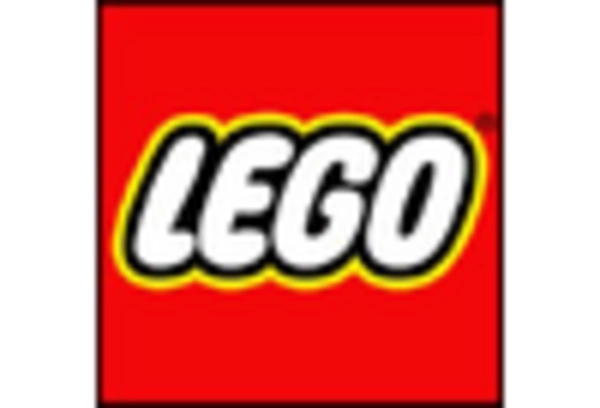

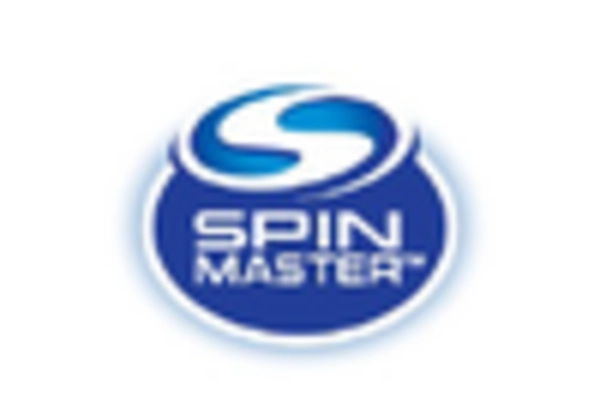
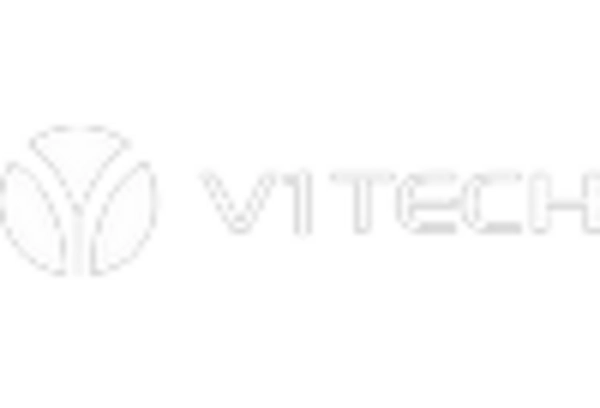








Leave a Comment